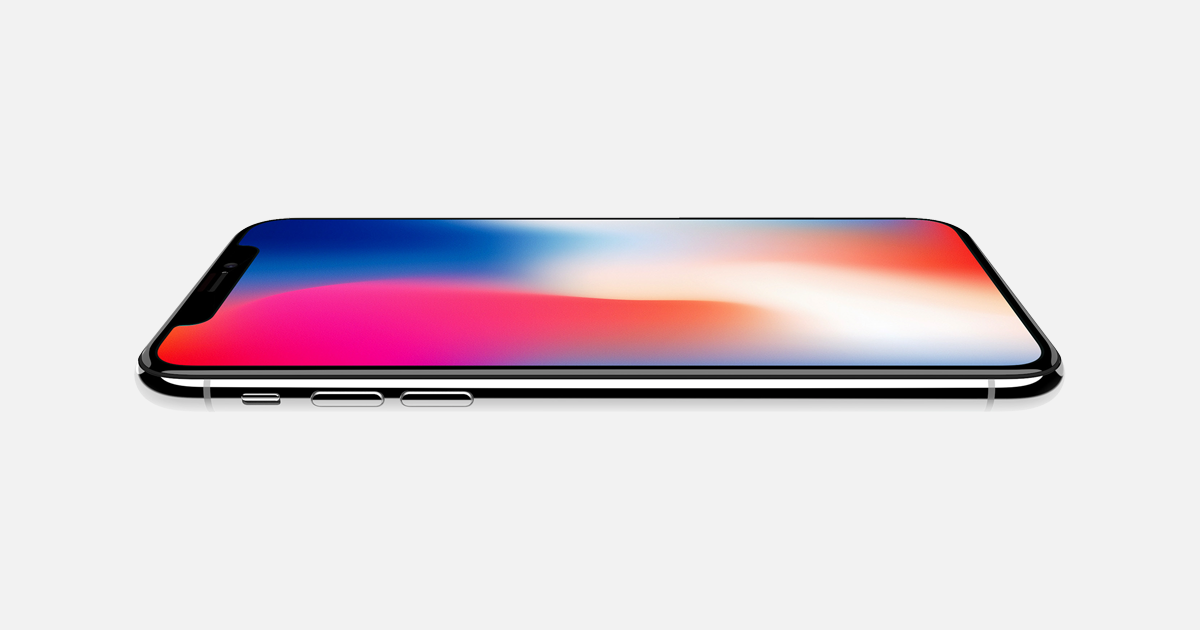Last Updated on 01/25/2018 by Mark Beckenbach
Should companies like Apple have to disclose what sort of help their devices need to produce the images/videos in these sorts of ads?
It is the ultimate ‘mic drop’ moment for a smartphone manufacturer right now – to take an image or video of what looks to be really high quality and then flip around and say, ‘oh this was shot with XYZ phone.’ Obviously, Apple sort of started this craze with the ‘Shot on iPhone’ campaign, and now they are doing something similar with the selfie functionality in their new iPhone X.
But how realistic are the results being portrayed in these ad campaigns? As we have come to learn from the video side of things, just because a video was shot on an iPhone (or Galaxy or Pixel) it doesn’t mean the device did not get a ton of help from professional tools that the average, or hell, even the above average consumer, would ever dream of having to access to.
https://www.youtube.com/watch?v=6vbFe6F48Uo
This is the Apple advertisement that we are referring to (see above), and if you watched, like us, there were probably a few moments where you openly questioned if that shot was actually a selfie, and if so, whether it was taken with a phone. This ad doubles as showing off their selfie camera, but also it is an example of the capabilities of their new portrait lighting mode – which Apple claims removes the need for professional lighting.
Obviously, this is marketing speak, and any photographer will know that this sort of computer/software manipulation can only go so far these days. However, in a world where most consumers are just concerned with the image being ‘good enough,’ this feature has some real appeal and value. But did you happen to notice the disclaimer at the end of the ad? The point about the images being manipulated with software?
It’s that sort of vague statement that really calls into question the whole advertisement. What kind of software, what manipulations were done? Since the ad is supposed to be showing off the lighting and selfie features, what if the images were taken into photoshop to clean up what the lighting feature or portrait mode feature got wrong? Sure the image was taken with those features enabled, but is it honestly representative of what a consumer could expect to get when they used the iPhone and those features? Doubtful.
https://www.youtube.com/watch?v=YleYIoIMj1I
This other ad, which more obviously demonstrates the lighting feature, sort of shows how Apple would get these looks utilizing the feature. But the questions remain – what work was done to these images after the capture, and what sort of professional tools were used by the creative team in order to produce these images?
We really don’t have the answer for you, but we wanted to direct you back to this MKBHD video from several months ago on youtube. The video takes a look at claims like this but from the standpoint of the video. In it, you can see that even though those videos are being shot on smartphones, there is a lot of additional help those phones are getting.
So, the question that still remains at the end of this is; when do we start getting into the territory of these companies, which in this case is Apple, but the rest (Google, Samsung and the like) do it as well, who are portraying their products and the capabilities of those products in a dishonest way to their customers? I think we have all come to expect marketing speak in this day and age to be exaggerated, to say the least.
But just because we are used to it, does that make it ok? Does that make it something we want to see continuously happening? We are curious about your thoughts on this.


